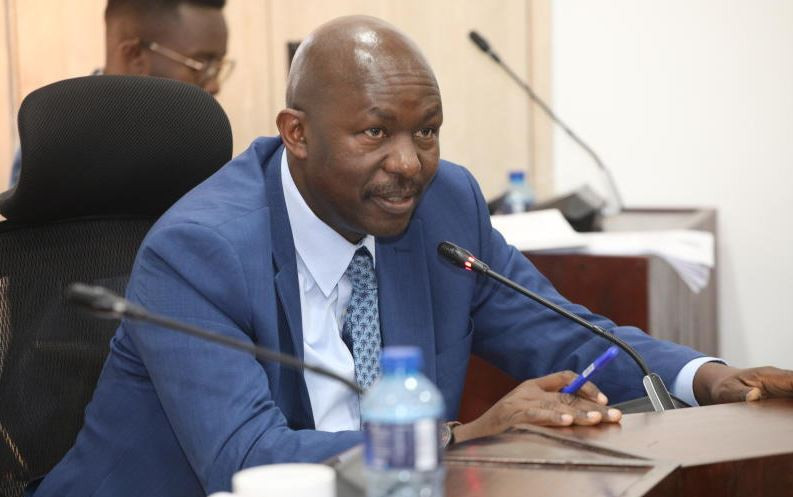Ōhiwa Oyster Farm has been operating in the Bay of Plenty for 55 years. As of last week, it’s entirely Māori owned.
Just east of Whakatāne lies what is probably one of the country’s lesser-known harbours: Ōhiwa. Traditional names for the harbour, Te kite kai a Tairongo and Te umu tao noa a Tairongo, reflect the abundance of food within its shallow, warm waters. Though depletion of stocks, environmental degradation and hundreds of years of government legislation have created barriers, the harbour has long been a vital source of kai for local hapū and iwi.
On the harbour’s shore is Ōhiwa Oyster Farm, a Pacific oyster farm and takeaway shop that’s been there for 55 years. Last week Wini Geddes (Ngāti Awa, Ngaitai ki Tōrere) and her whānau took over – and she believes it makes the business the only entirely Māori-owned oyster farm in Aotearoa.
I spoke to Geddes about her connections to tio (oysters) from Ōhiwa, how the farm is upskilling rangatahi, and why the purchase is an effort to reclaim the past for the future.
Charlotte Muru-Lanning: How did the purchase come about?
Wini Geddes: My husband’s and my day job is to train, qualify and employ rangatahi to work on their own whenua. This is mainly in the primary industries, forestry and farming, but also includes seafood. I had five aquaculture cadetships from Māori trade training and couldn’t really place them anywhere because all the farms were filled up.
A while back the broker rang me to see if we were interested in the farm. I initially asked them to take it back to iwi but he said they weren’t interested. So we’ve been negotiating for this, and working out ways to acquire it for the last 10 months with the help of [lender] Orange Network. It just made sense. If I can’t place any of these aquaculture cadets, let’s buy our own farm and put them in there. And it finally came to fruition when we took over last week.
When you buy an oyster farm, what are you buying?
We have four acres and potential to grow. You’re buying the business itself, access to domestic and export markets, the licence to operate and grow oysters for sale. Not many oyster farms have a retail outlet like this, with an oyster and takeaway shop. It’s got great fish and chips, the best batter you can get and it’s just carrying a lot of goodwill from the time it’s been here. It’s iconic.
What is your relationship to Ōhiwa oysters?
I grew up around Te Teko, which is quite local to Ōhiwa – it’s probably about a 45-minute drive between. Every year we used to come down here in the summer, for about a couple of months, tent up with my huge whānau and just gather kai from Ōhiwa harbour to take back for the winter. It all stopped when the seafood stocks were depleted by commercial fishing licences and then when the Quota Management System came in and we were banned from gathering certain kai. And then as a family, we all grew up and went away.

Do you know of any other Māori-owned oyster farms?
Not 100% Maori owned. There might be some partnerships and government-funded ones. As far as I know, this is the only 100% owned.
Do you see this as a kind of reclamation?
Absolutely. It’s encouraging whānau to dream too. I went to a training hui last week, and everyone knew that I own this oyster farm. A few came up to me and said, “Whaea, we’ve got an oyster farm out here, and we want it back, we want it for our people and our rangatahi to also learn.” If I can do it, we can all do it.
This particular farm has been open since 1968. Do you know much about its history?
Since we’ve purchased it we’ve heard snippets from people. But going further back we’ve got a lot of Māori history around here – Tauwhare Pā is just above here and down the road is where Te Kooti settled in Wainui. So we’ve got lots of significant historical sites.
How do you actually harvest the oysters?
It’s kind of like going out to pick grapes on a vine but you just walk out with your waders on with a wheelbarrow to the racks where the oysters grow. We’ve got some barges that you can stack trays on or put yourself on to get a ride out if the tide hasn’t completely gone out. Then they come into our little oyster-processing plants on site here and they get washed and shucked and graded and sold or stored. We don’t get a chance to really store them because they just get sold.

What’s the best way to eat oysters?
Just raw with lemon juice.
So you’ve been in charge for just over a week – has anything changed immediately?
There’s a lot of work to be done. One of the biggest changes we’ve made is we’ve changed the trading name to Tio Ōhiwa. There’s a new logo which has a matau representing Māui fishing up the North Island. It’s sitting in the oyster and the oyster is in the shape of the harbour.
The racks that actually hold and grow the oysters in the farm are in disrepair. They have to be replaced and put back up again. Environmentally, it’ll be really helpful for them because you got deteriorating timber out there which isn’t good. It will also increase the production of it all, which is only at 10% at the moment and that itself equates to a million oysters per year.
So it could produce up to 10 million oysters a year?
Yep, that’s the potential.
What does taking this over mean for you?
It’s a bit of a retirement plan. Oysters grow, they don’t need any help to grow. You just need someone to harvest them and make them into something that they really are. There’s some succession planning, because I have my son Ngamotu who’s moved back from Auckland and is now managing. He was a house dad while his wife, my daughter in law, is training to be a doctor. My two mokos come down on weekends. It’s good to have them come back because then I can watch them grow as well. My son spent time with the previous owner to learn about the business, how to run an oyster farm, and how to look after them. We know how to eat them big time but to nurture them and get them going is a whole other thing.
What does this mean for your people?
Just from the karakia last week when we opened, I was only planning on a couple of kaumātua to come and karakia. But 20 came, and every marae or hapū was represented. There are 23 hapū in Ngāti Awa and the kōrero for them is finally back in Ngāti Awa hands. This is not just my oyster farm, this is for my hapū and for my iwi.




















Discussion about this post